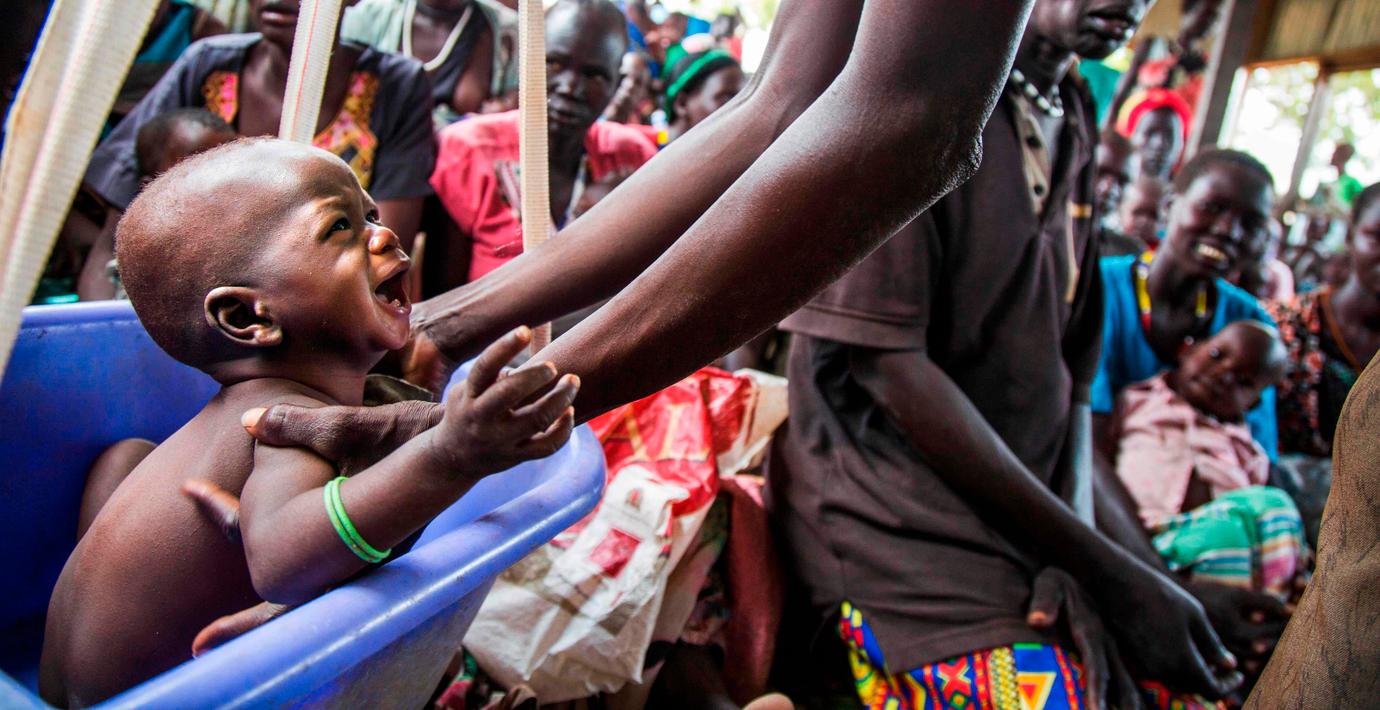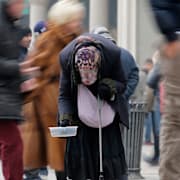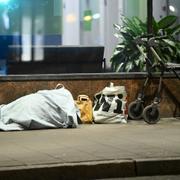
Prognos: Extremfattigdomen kan vara utrotad 2050
Extrem fattigdom kan vara utrotat globalt år 2050, enligt en ny ekonomisk prognos från Center for Global Development.
Detta tack vare den ekonomiska tillväxten i länder som i dag klassas som låginkomstländer. Några sådana kommer inte finnas kvar 2050, enligt prognosen. Charles Kenny vid Center for Global Development framhåller till The Guardian fortsatta utmaningar som klimatförändringar, ojämlikhet och fattigdom – om än inte på den nivå som klassas som extremfattigdom.
Rathin Roy vid tankesmedjan ODI global affairs ser mer pessimistiskt på prognosen, som han menar bara kan bli verklighet ”om alla gör allt rätt”.
– Något du kan se från de senaste hundra åren är att folk inte har gjort rätt saker, fortsätter han.
bakgrund
Extrem fattigdom är ett mått introducerat av Världsbanken
Wikipedia (en)
Extreme poverty is the most severe type of poverty, defined by the United Nations (UN) as "a condition characterized by severe deprivation of basic human needs, including food, safe drinking water, sanitation facilities, health, shelter, education and information. It depends not only on income but also on access to services". Historically, other definitions have been proposed within the United Nations.
In 2018, extreme poverty mainly refers to an income below the international poverty line of $1.90 per day (in 2011 prices, $2.29 in 2021 dollars), set by the World Bank. In October 2017, the World Bank updated the international poverty line, a global absolute minimum, to $1.90 a day. This is the equivalent of $1.00 a day in 1996 US prices, hence the widely used expression "living on less than a dollar a day". The vast majority of those in extreme poverty reside in South Asia and Sub-Saharan Africa. As of 2018, it is estimated that the country with the most people living in extreme poverty is Nigeria, at 86 million.In the past, the vast majority of the world population lived in conditions of extreme poverty.
The percentage of the global population living in absolute poverty fell from over 80% in 1800 to under 20% by 2015. According to UN estimates, in 2015 roughly 734 million people or 10% remained under those conditions. The number had previously been measured as 1.9 billion in 1990, and 1.2 billion in 2008. Despite the significant number of individuals still below the international poverty line, these figures represent significant progress for the international community, as they reflect a decrease of more than one billion people over 15 years.In public opinion surveys around the globe, people surveyed tend to think that extreme poverty has not decreased.The reduction of extreme poverty and hunger was the first Millennium Development Goal (MDG1), as set by the United Nations in 2000. Specifically, the target was to reduce the extreme poverty rate by half by 2015, a goal that was met five years ahead of schedule. In the Sustainable Development Goals, which succeeded the MDGs, the goal is to end extreme poverty in all its forms everywhere. With this declaration the international community, including the UN and the World Bank have adopted the target of ending extreme poverty by 2030.
Omni är politiskt obundna och oberoende. Vi strävar efter att ge fler perspektiv på nyheterna. Har du frågor eller synpunkter kring vår rapportering? Kontakta redaktionen



